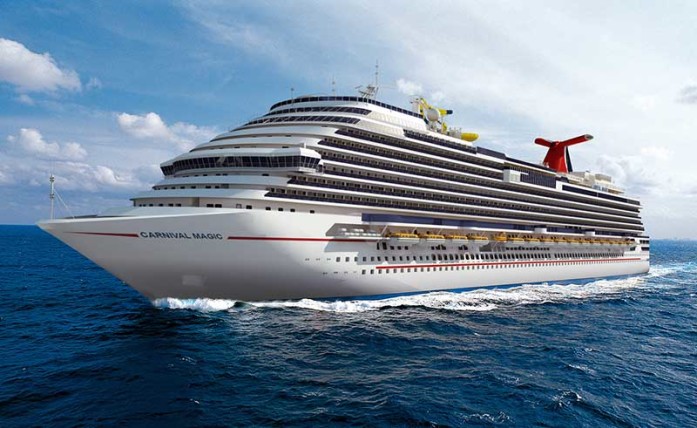A cruise ship or cruise liner is a passenger ship used for pleasure voyages, where the voyage itself and the ship’s amenities are a part of the experience, as well as the different destinations along the way. Transportation is not the prime purpose, as cruise ships operate mostly on routes that return passengers to their originating port, so the ports of call are usually in a specified region of a continent. There are even “cruises to nowhere” or “nowhere voyages” where the ship makes two – three night round trips without any ports of call.
By contrast, dedicated transport oriented ocean liners do “line voyages” and typically transport passengers from one point to another, rather than on round trips. Traditionally, an ocean liner for the transoceanic trade will be built to a higher standard than a typical cruise ship, including high free-board and stronger plating to withstand rough seas and adverse conditions encountered in the open ocean, such as the North Atlantic. Ocean liners also usually have larger capacities for fuel, victuals, and other stores for consumption on long voyages, compared to dedicated cruise ships.

Cruise Ship
[source]
Although often luxurious, ocean liners had characteristics that made them unsuitable for cruising, such as high fuel consumption, deep draft that prevented their entering shallow ports, enclosed weatherproof decks that were not appropriate for tropical weather, and cabins designed to maximize passenger numbers rather than comfort (such as a high proportion of windowless suites). The gradual evolution of passenger ship design from ocean liners to cruise ships has seen passenger cabins shifted from inside the hull to the superstructure with private verandas. The modern cruise ships, while sacrificing qualities of seaworthiness, have added amenities to cater to water tourists, and recent vessels have been described as “balcony-laden floating condominiums”.
The distinction between ocean liners and cruise ships has blurred, particularly with respect to deployment. Differences in construction remain. Larger cruise ships have also engaged in longer trips such as transoceanic voyages which may not return to the same port for months (longer round trips).
Small disclaimer: As long as I wanted to become an affiliate with this website for certain (more or less famous) cruise lines, I have been refused with the reason that my articles are not suitable for their business. I didn’t argue. I know I could make them suitable with some new added category and a whole chapter about cruising and stuff, especially with chartered luxurious yachts. It’s ok. Anyway, I also don’t want to be considered affiliate with any picture presented here in a more than a “news” article, bearing a distinguishable cruise company name, like the one above. By the way, there is an article here, about the same already mentioned company, and it’s not at all flattering.
The above article is based on the Wikipedia one.
If you like what you read, please subscribe to this blog by completing the form. If you want to help more, start by following us on Twitter, and like our page on Facebook. You don’t know what good things may happen. To lighten your day, check our pins on Pinterest, we can be friends there too. Oh, and if you need a really good looking blog attached to your site, or just for fun, to express your feelings more competitively, read this Own Your Website offer! Thank you very much.
